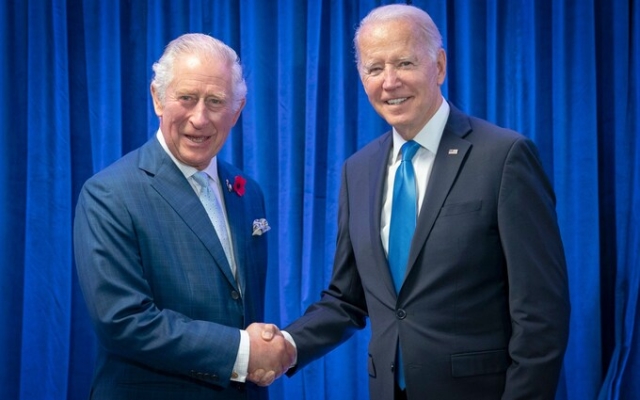 Credit: Jane Barlow/PA
Credit: Jane Barlow/PA
On Sunday, President Joe Biden pays what was dubbed a «mini-state visit» with forked tongue to London, during which he will meet with the king. Biden attended the funeral of Queen Elizabeth II last September, but not the coronation. Instead, he sent his wife and granddaughter; now he «drops in» for less than 24 hours to renew his acquaintance with His Majesty on his way to the NATO summit in Lithuania.
The King may not have the experience and international reputation of the late Queen, but he is a talented diplomat and is well liked by world leaders. What's more, the President's visit comes just at a time when Anglo-American relations seem strained. The King, being above politics, is well positioned to improve them using the soft power of the Crown. As with the late Queen's funeral, he and the president met at the Cop26 summit in Glasgow in 2021, when His Majesty was still the Prince of Wales. There should be little or no ice.
When the President, who is proud of his Irish maternal roots, traveled to Ireland in April, he «dropped in» to Ulster for a few hours before heading to the Republic, where he seemed far more at home. In one of what are now becoming common gaffes, he said he was in Ireland to try to make sure «the British don't cheat» with the Good Friday Agreement. Understandably, this has led to suspicions that Biden does not like the UK or the British very much. He also, to the delight of those still embittered, got his administration to reject the idea of an early trade deal with the United Kingdom.
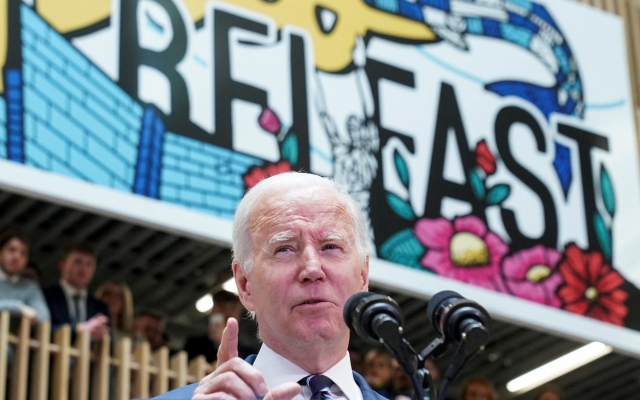 Biden said his trip to Ireland this year was to make sure «the British don't mess with the Good Friday Agreement» Photo: KEVIN LAMARK/REUTERS
Biden said his trip to Ireland this year was to make sure «the British don't mess with the Good Friday Agreement» Photo: KEVIN LAMARK/REUTERS
Political divisions, however, are there to be discussed by politicians, and when the president is here, he will meet with Rishi Sunak, presumably for this very purpose. He will see the king at Windsor on Monday. The non-political aspect of our relationship with America — a relationship based on shared values and, to some extent, heritage — is something the king can advance if President Biden allows him.
It looks like it is. The White House said the trip, although short, is intended «to further strengthen the close relationship between our countries.» The King will no doubt do everything in his power to hasten this: it is to be hoped that the President will be informed and encouraged to seize every opportunity that thus arises. Last month he agreed to ease trade restrictions with the UK when he met with Mr Sunak in Washington, so the stage is set for the king to use this brief meeting to emphasize that Britain and America have much more in common than what can divide. their.
The world is dangerous, and such statements of mutual understanding are more valuable than they might seem. The late Queen certainly captured this moment and often acted on it. Notably, she was in her 52nd year in office before she hosted the first state visit to the United Kingdom by an American President: from President George W. Bush and Mrs. Bush in November 2003, when our two countries were allies in the war on terror. . after the al-Qaeda attacks on America in September 2001, and tensions were high due to the Second Iraq War.
Barack and Michelle Obama came in May 2011, and Donald and Melania Trump came in 2019. Both, in their own way, were great successes: the Obamas were hugely popular with both the monarch and the British public; in the latter, the usually self-confident and blunt president seemed to be in awe of Queen Elizabeth II and carried himself with surprising propriety.
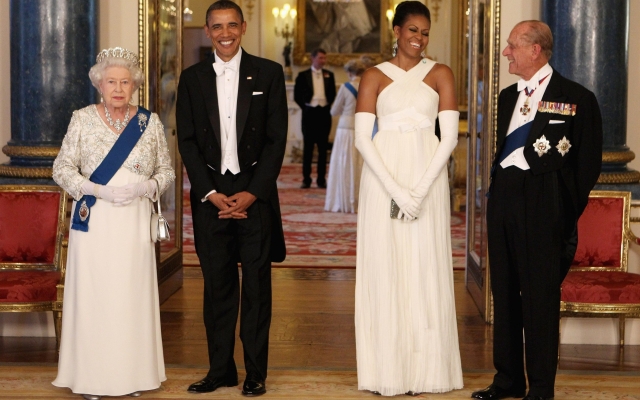 Obama with the late Queen Elizabeth and Prince Philip during the then President's 2011 state visitQueen Elizabeth has made four state visits to America. The first was in October 1957, when President Eisenhower received her. She used the visit to bridge the dangerous rift in Anglo-American relations following the Suez fiasco the year before. The second was in July 1976, the bicentennial of US independence. President Gerald Ford greeted her generously, saying, “Your Majesty, the wounds of our separation in 1776 have long since healed. Americans admire the United Kingdom as one of our most loyal allies and best friends.» Queen Elizabeth demonstrated her use of soft power by saying at a state banquet in her honor: «Our common language, traditions and history have given us a common vision of what is right and just.» Mr. Ford then led her across the dance floor. Her third visit was to President George W. Bush in May 1991, just after the First Iraq War, and her fourth and final visit to his son George W. Bush was in May 2007.
Obama with the late Queen Elizabeth and Prince Philip during the then President's 2011 state visitQueen Elizabeth has made four state visits to America. The first was in October 1957, when President Eisenhower received her. She used the visit to bridge the dangerous rift in Anglo-American relations following the Suez fiasco the year before. The second was in July 1976, the bicentennial of US independence. President Gerald Ford greeted her generously, saying, “Your Majesty, the wounds of our separation in 1776 have long since healed. Americans admire the United Kingdom as one of our most loyal allies and best friends.» Queen Elizabeth demonstrated her use of soft power by saying at a state banquet in her honor: «Our common language, traditions and history have given us a common vision of what is right and just.» Mr. Ford then led her across the dance floor. Her third visit was to President George W. Bush in May 1991, just after the First Iraq War, and her fourth and final visit to his son George W. Bush was in May 2007.
 «Americans admire the United Kingdom as one of our most loyal allies and best friends»: President Ford with Queen Elizabeth in 1976. Photo: Universal Images Group Editorial
«Americans admire the United Kingdom as one of our most loyal allies and best friends»: President Ford with Queen Elizabeth in 1976. Photo: Universal Images Group Editorial
However, Queen Elizabeth II had many other meetings with American presidents. Eisenhower went to Balmoral in 1959; The Kennedys went to dinner at Buckingham Palace with her and the Duke of Edinburgh in June 1961, and were much critical of the setting afterwards; Nixon dined at the palace in February 1969, a month after his inauguration, and saw Queen Elizabeth at Checkers again the following year. Jimmy Carter visited her privately in 1977, and the Reagans made an official (non-state) visit to the United Kingdom in June 1982. Reagan and the Queen rode together and were drawn together by their shared love of horses.
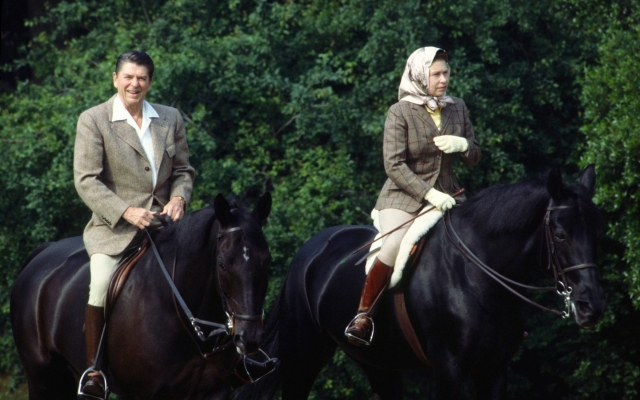 Queen Elizabeth became close to President Reagan because of their shared love of horses. Photo: Tim Graham
Queen Elizabeth became close to President Reagan because of their shared love of horses. Photo: Tim Graham
Although it was said that Queen Elizabeth and Margaret Thatcher did not get along with each other, Her Majesty certainly complemented her Prime Minister's political understanding with the President, who again met the Queen in London in 1984 and 1988, with her statesmanship. President George W. Bush and his wife dined with the Queen and the Duke of Edinburgh in June 1989, and the Clintons visited the Queen twice, in 1995 and 2000, and President Clinton also met with her at the 50th D-Day celebration in 1994. President George W. Bush saw her briefly in 2001.
Not surprisingly, for more than a century after the American colonists fell out with George III, there was little traffic between the White House and Buckingham Palace. However, in 1815, as ambassador to London, John Quincy Adams met the future George IV (then Prince Regent during his father's madness) and his brother, the future William IV. Like President Ford, he protested the grievances, even though only three years had passed since the War of 1812.
Queen Victoria, although she never set foot in America, became extremely popular there during her 63-year reign, largely because she embodied the virtues of Christian conduct, moral integrity, service, and loyalty that most Americans believed or hoped they become hers. their own society. Unwittingly, she discovered a «special relationship». Until President Theodore «Teddy» Roosevelt went to Panama in 1906, no sitting president ever traveled abroad: although after the Adams embassy in London, Queen Victoria met future president James Buchanan while he was ambassador in 1853 year, and with former President Ulysses S. Grant. in 1877 when he and his wife visited her at Windsor.
However, Teddy Roosevelt befriended King Edward VII, wanting to improve relations with Britain, then the world's leading power. The King considered himself an active British ambassador and encouraged relations. They never met, but the King's papers at Windsor include many letters from Roosevelt «To my dear King Edward». The King was so eager to meet Roosevelt that he invited him to London after he left office in 1909, and Roosevelt planned to come after a safari in Africa. However, during the journey, the king suddenly died. Roosevelt was appointed by his successor, President Taft, to represent America at the funeral of King Edward. This made a big impression on the British public, and on the Americans as well.
The first state visit by an American president to Britain took place six weeks after the end of the Great War, when Woodrow Wilson, at the invitation of Lloyd George, arrived just after Christmas while in Europe at the Versailles Conference. King George V was furious: he had not been consulted about the timing and had to shorten his holiday at Sandringham, as well as shooting pheasant and partridge, in order to receive the President and his wife.
The King's official biographer Sir Harold Nicholson recorded that «Mr and Mrs Woodrow Wilson arrived in London from France on the afternoon of Christmas Day. Along the decorated streets, the king and the president at his side rode from the station to Buckingham Palace; the queen and Mrs. Wilson followed him in the second carriage. The men and women who filled the sidewalks and windows greeted the President with awe and hope: to them he seemed to be a theocratic figure, a prophet of a more subtle revelation. Mr. Wilson returned their respectful applause by raising his top hat and smiling a broad but dry smile…
Wilson, like President Biden, did not exude much affection for Britain. America entered the Great War in April 1917, not out of solidarity with the Allies, but because German submarines continued to accidentally sink American ships despite warnings of dire consequences. One of Wilson's main military goals was to use this international coup to destroy British imperial power: not that he shared this idea with King George. Nicholson noted that «the King, during their brief conversation, did not give the impression of the shadows of vanity and suspicion which clouded the splendor of Woodrow Wilson's mind and heart.» «He's pretty easy to get along with,» the king wrote in his diary, saying that at the state banquet, «he gave a beautiful speech.» However, according to the king's unofficial biographer Kenneth Rose, Wilson did nothing of the sort. “Wilson made a deplorable impression,” Rose wrote. «In toasting his health, he made no mention of the role or the sacrifices that the British Empire had made in their common struggle.» The king said of Wilson to a friend: «I could not stand him … a completely cold academic professor — an odious person.»
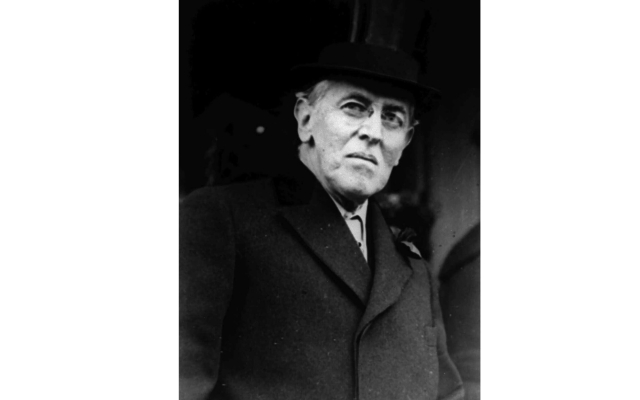 «Odious Man»: Despite appearances, Woodrow Wilson did not make a positive impression on King George V. hotspot
«Odious Man»: Despite appearances, Woodrow Wilson did not make a positive impression on King George V. hotspot
During the war, the king met in London with another American politician, Franklin Roosevelt, the fifth cousin of King Edward's pen pal and assistant secretary of the US Navy. In November 1933, a few months after his first term in office, Roosevelt wrote «Dear King George» to say, «I remember long ago you told me about your stamps.» He went on to say that many of the King's subjects from India, Australia and Canada wrote to him every day and included some of the stamps from their letters, which he knew were «priceless».
A small talk about the general infatuation of the men (although the king was much more experienced than the president) was the means by which he shared his optimism that an agreement would be reached in the vital debt-payment negotiations still remaining from the Great War. . . It was a master class on how to send a political signal through someone above the political process on an issue that is important to both sides, and Roosevelt hoped the King would put some pressure on his Prime Minister Ramsay MacDonald to speed up solutions. discussions. The king did not dare to reply without consulting his ministers, and when his letter was returned it was «polite but vague». According to Nicholson, the Foreign Office was «alarmed by President Roosevelt's tendency to ignore conventional channels.» Greetings: President Roosevelt shakes hands with King George VI at Washington Union Station during a royal visit in 1939. Photo: AP
Perhaps the most significant visit of all was that of King George VI and Queen Elizabeth to America in 1939, shortly before the outbreak of war, which undoubtedly cemented a friendship between the two peoples that would prove necessary in the impending conflict, even before America officially entered the war. war. George VI also briefly met with President Truman on August 2, 1945, at sea off Plymouth, when Truman returned to America from the Potsdam Conference, the purpose of which was to settle the post-war peace. This was four days before the nuclear explosion in Hiroshima, and the king apparently had not been informed of the impending event.
Nothing as serious as we hope will be in President Biden's portfolio of secrets when he meets the king. His Majesty, for his part, will do what his ancestors have done for 200 years and emphasize that, in addition to the generally accepted political views, our two countries still share the values and rules of decency that the first colonists brought to America at the end of 16 century. This is really what binds our union together: and the king stands up for these values better than any politician.

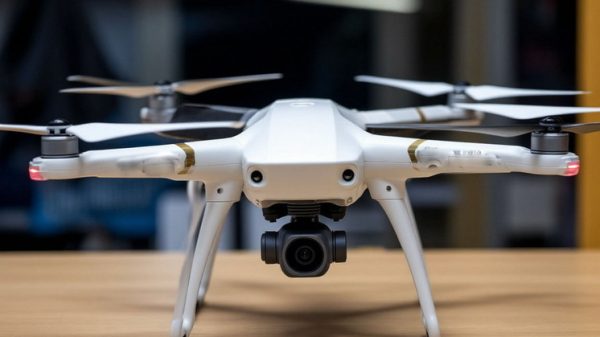

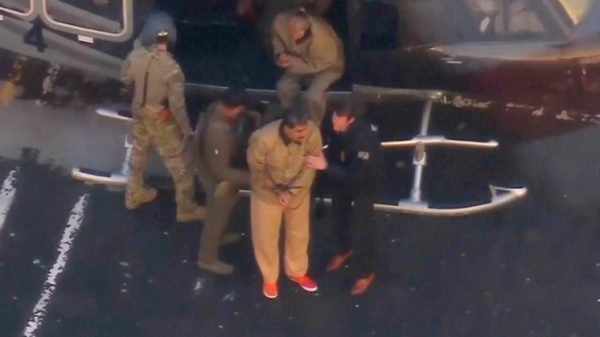



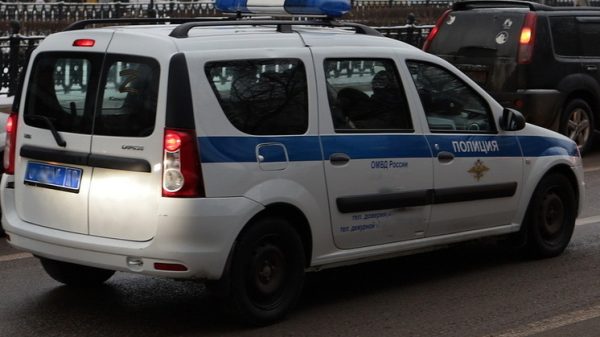
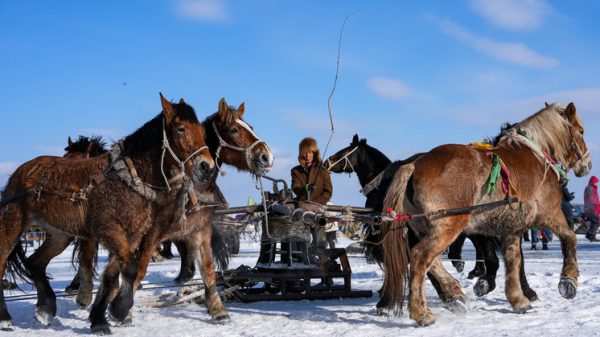


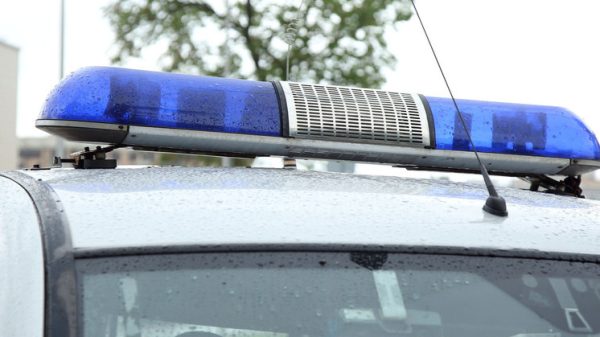

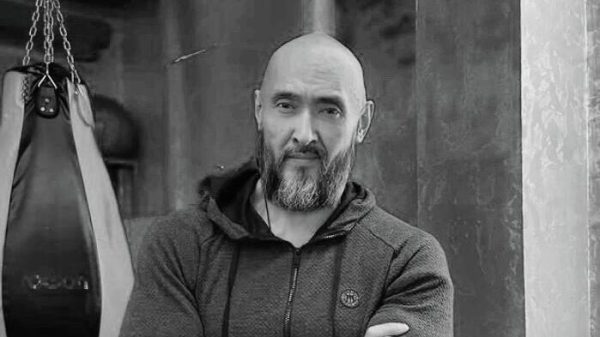


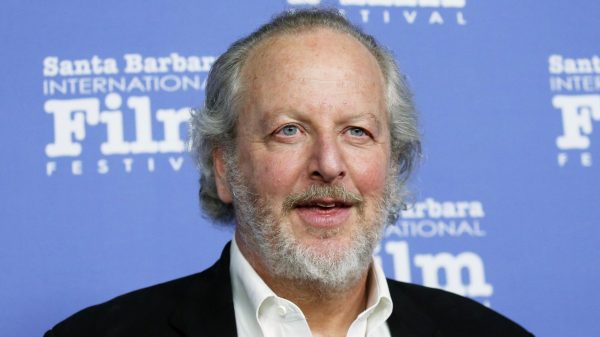



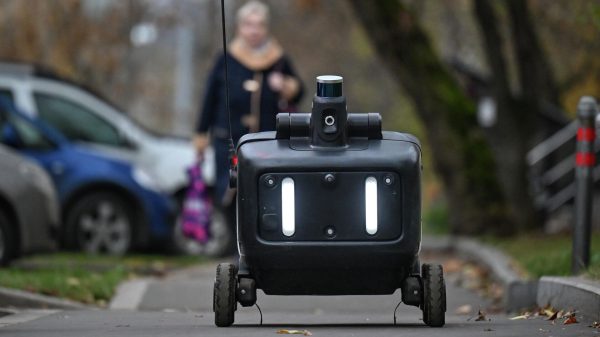




























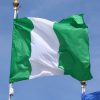
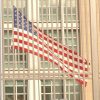







Свежие комментарии